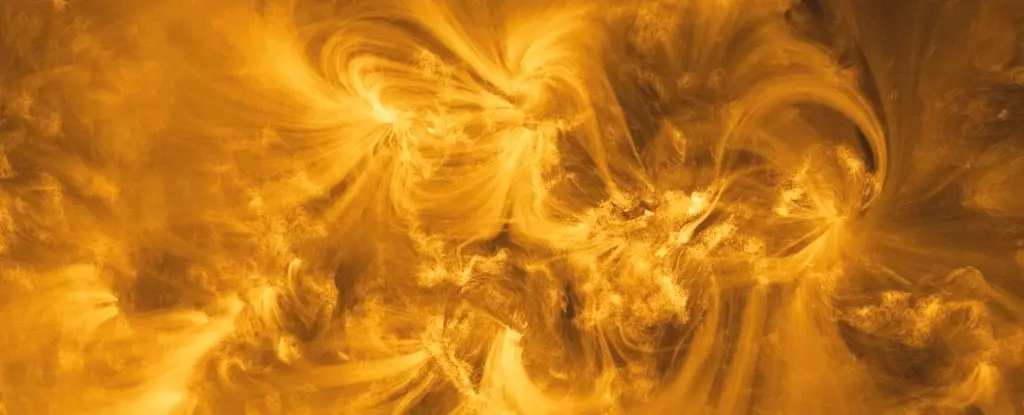The Solar Orbiter mission, a collaborative effort between the European Space Agency (ESA) and NASA, has opened a new chapter in solar observations since its launch in 2020. Positioned approximately 74 million kilometers from the Sun, the spacecraft is not just an observer but a vital instrument in unraveling the mysteries of our nearest star. As it ventures into closer orbits, it provides unprecedented data that can transform our understanding of solar phenomena including solar winds, coronal mass ejections, and the innermost workings of the Sun’s magnetic field.
Equipped with advanced instruments, the Solar Orbiter aims to achieve a variety of scientific goals. Its initiatives range from studying solar winds to producing high-resolution images of the solar surface. The mission excels in capturing intricate details that are often overlooked in traditional solar observations. The combination of multiple imaging technologies allows scientists to probe beneath the Sun’s visible exterior and examine its underlying layers. By utilizing different wavelengths, the Solar Orbiter can create a more comprehensive picture of solar activities and their implications for space weather.
Researchers have emphasized that understanding the Sun’s behavior is crucial not only to grasping its impact on space weather but also for comprehending larger astrophysical phenomena. The mission highlights that solar magnetic fields play a pivotal role in shaping the dynamics within our solar system.
Revolutionary Imaging Technology
One of the notable accomplishments of the Solar Orbiter is its generation of high-resolution images. The Polarimetric and Helioseismic Imager (PHI) and Extreme Ultraviolet Imager (EUI) serve as the mission’s primary tools for capturing these images. The ability to take composite pictures—each comprising 25 individual images taken on the same day—has resulted in the highest resolution images of the Sun ever recorded. In March 2023, the ESA unveiled a series of these breathtaking images that have provided a multi-faceted view of our star.
The various images reveal distinct aspects of solar activity: from visible light and magnetic fields to plasma flows and ultraviolet emissions. Each of these images offers a unique perspective that enhances our understanding of solar dynamics. For instance, magnetic imaging demonstrates intricate patterns that are key indicators of solar storms, while plasma imaging showcases the movement of energizing particles around sunspots.
Decoding the Sun’s Magnetic Landscape
As explained by Daniel Müller, Project Scientist for the Solar Orbiter, deciphering the Sun’s magnetic field is akin to piecing together a celestial puzzle. These newly acquired magnetic field maps allow scientists to visualize the forces at work beneath the Sun’s surface. Müller highlights how understanding these magnetic structures is vital for predicting solar events that can affect satellite operations, power grids, and even astronauts in space.
The plasma movement observed at the Sun’s surface—indicated through color-coded regions—illustrates the complexity of solar dynamics. Blue regions suggest plasma moving toward the spacecraft, while red regions indicate outward movement. This intricate mapping provides insights not just into the Sun’s activities but also into the processes that drive solar phenomena, illuminating more of the intricate operations occurring in our solar system.
The ultraviolet images captured by the EUI are not only scientifically significant; they are also visually stunning. They showcase ethereal streams of superheated plasma extending from sunspots, cascading in a way that reflects the invisible contours of magnetic fields. These breathtaking visuals encourage viewers to reflect on broader concepts—life, existence, and the universe.
The Solar Orbiter’s images inspire awe and contemplation, reminding us of our small place in the cosmos. This connection to the universe captures the imagination and deepens our appreciation for the complexity of natural phenomena.
As the Solar Orbiter continues its mission, it promises to yield even more insights into the dynamic systems of the Sun, shaping our understanding of fundamental astrophysical processes. The detailed maps of magnetic fields and plasma flows provide a foundational understanding that will influence future research endeavors. Through this mission, humanity’s quest to unlock the secrets of the universe is more promising than ever, reminding us that the exploration of our star is not just about science—it is about connecting with the fabric of reality itself.


Leave a Reply